Estimated reading time: 9 minutes
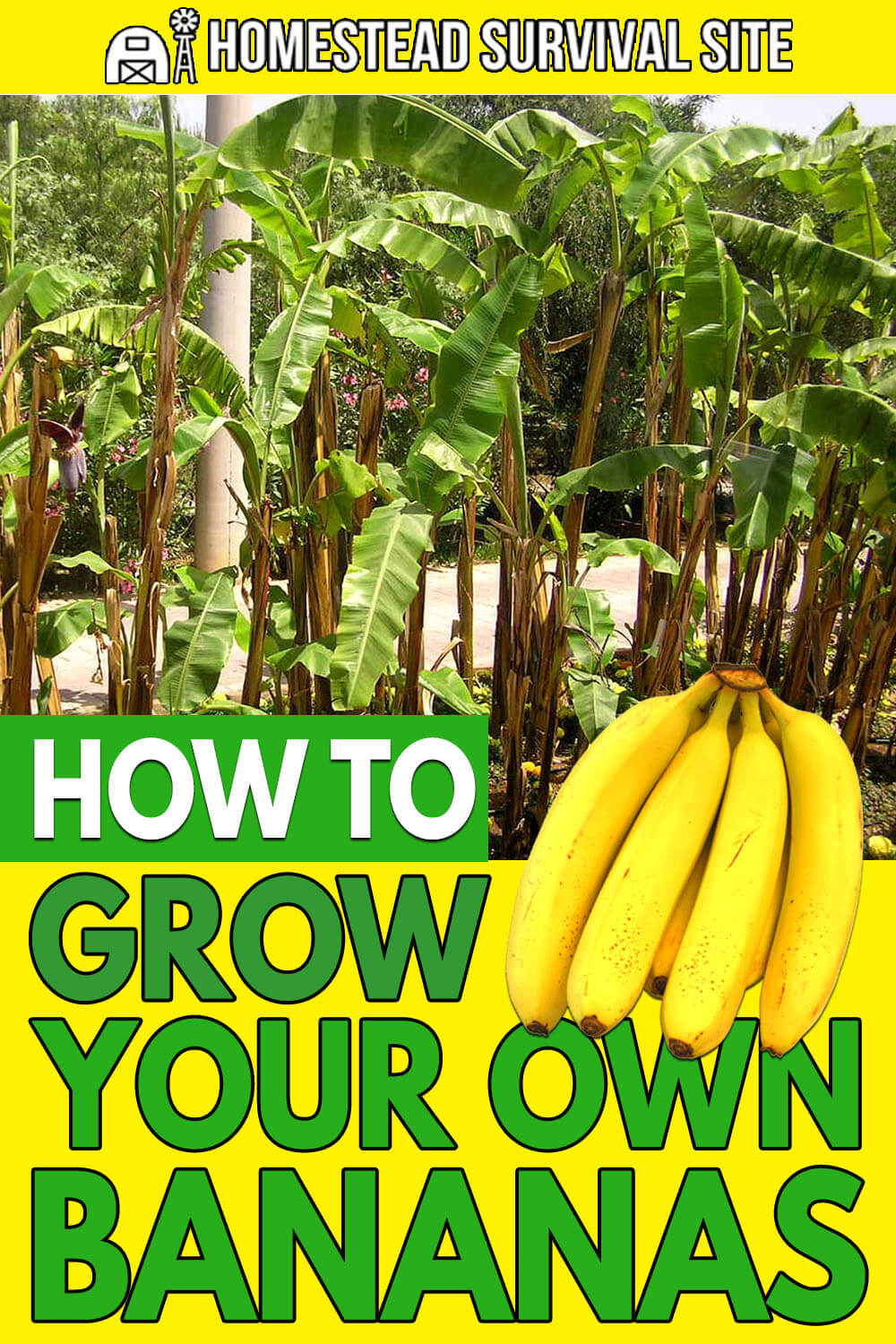
It’s Easier Than You Think if You Live in the Right Area and You Can Even Grow Them Indoors
It’s easy to assume that bananas can only grow in far away and exotic jungles, but they actually can grow in North America and can even be grown indoors.
They take a while to mature and bear fruit, up to a year or more and longer for some varieties, but when you think about how long we wait for an apple tree to bear fruit banana plants are fairly fast producers.
And by the way, they’re plants, not trees. Herbaceous perennials to be exact.
Want to save this post for later? Click Here to Pin It On Pinterest!
But Why Do They Look Like Trees?
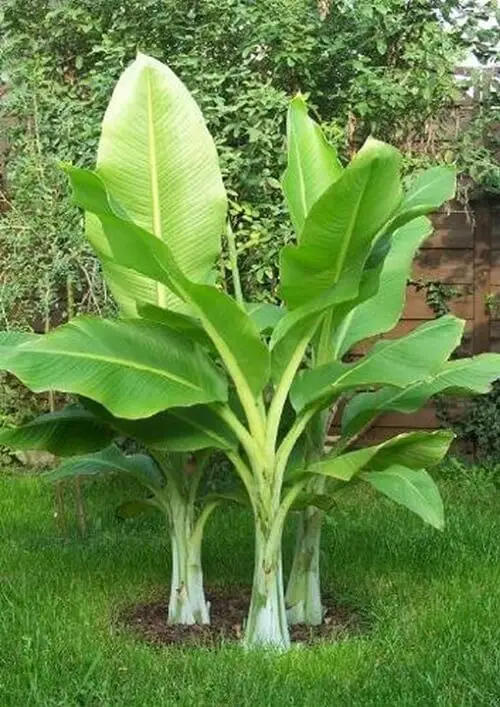
Banana plants grow in a unique way. As the leaves emerge, they wrap around the main stem of the plant and eventually unfold into leaves. As they mature, the leaves turn brown, die off, and leave a tight wrap of leaf around the stem.
This continues until the leaves build up a thick and sturdy stem to support the plant. But that doesn’t necessarily make them sturdy. As banana plants grow, they need to be supported, especially when the banana clusters begin to emerge and grow.
How Big Does a Banana Plant Get?
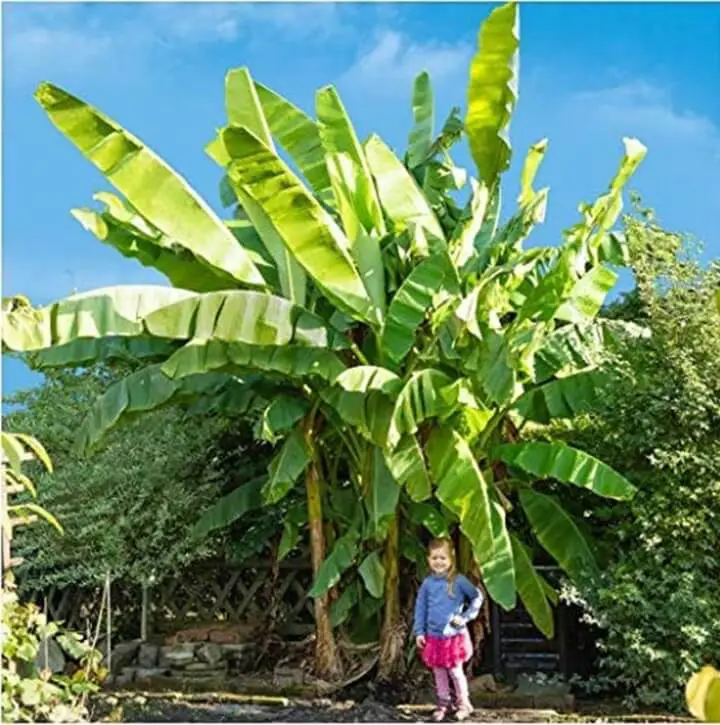
Banana plants reach a height of 10 to 25 feet. It depends on the variety. Dwarf varieties are best for growing indoors, but even dwarf varieties can grow as high as 8 to 10 feet.
Outdoors is less of an issue, but regardless of the height, they tend to lean and most all of them require support with a V-notched board or a Y-branch at the end of a long tree branch, especially outdoors where they’re at the mercy of the winds.
Indoors, you’ll want to plant in a room with the highest ceiling, even with the dwarf varieties.
Banana Plant Success Factors
This is pretty simple. Water. Water. Water. And Compost. Compost. Compost. Banana plants need a lot of water. If you are planting one indoors, you may have to water it 2 or 3 times a day.
They’re also heavy feeders and need compost added to the soil on a regular basis. This is because of the large amount of fruit the plant produces. A banana cluster bunch can weigh 40 to 60 pounds when approaching maturity, and they need lots of food and water to grow and ripen.
Banana plants are also a bit delicate and, when planted outdoors, prefer shade during the hottest part of a summer day, protection from cold winds, and—because their leaves are delicate—protection from high winds year-round to some degree.
Will They Really Grow Indoors?
Definitely, assuming you have the room for a large plant growing to the ceiling and a large enough container. A half-barrel planter is the standard recommendation.
If you put it on wheels, you can move it outdoors during summer weather and bring it in for the winter or in the event of high winds. Just make sure you keep them well-watered and well-fed and prune dead leaves as they brown.
Ideal Growing Areas
Here’s the hard part. Most banana varieties will only grow in Zone 10 in the United States, so we’re talking the far southern tips of the country. Here’s the zone map:
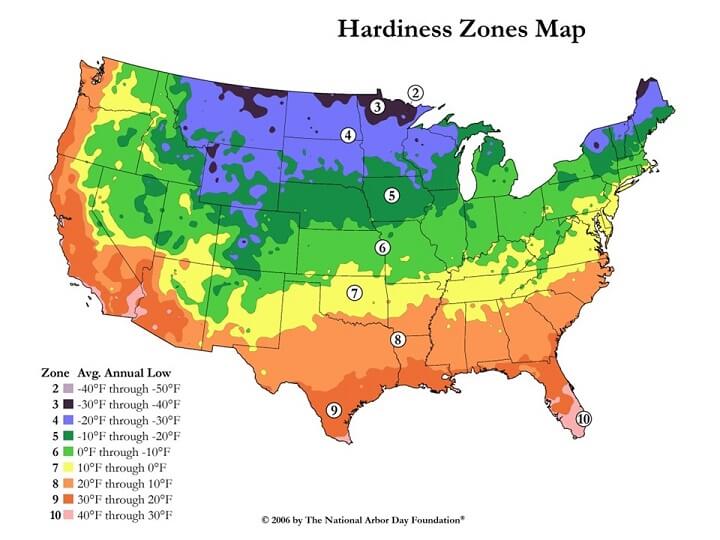
Unless you live on the far tip of Florida, Texas, or Southern California, you’re going to need to either grow your banana plant indoors or make it portable so you can roll it in when the low temperatures start to go below 30 degrees F.
And that’s not so hard to do if you have the room indoors.
Best Varieties for Indoors
The key to choosing the best indoor variety is total height at maturity. These dwarf varieties top out at 10 feet at the most. The fruits are smaller, but you’ll find they’re very close to the size you buy at the store.
Here are some good indoor banana plants to consider:
- Viente Cohol is a small, fast fruiting variety.
- Dwarf Red is another to consider, though it can take a few years to begin fruiting.
- Dwarf Cavendish is a small banana plant bearing the variety of banana you know from the grocery store.
There are also hardy varieties that promise to grow in northern zones above zone 10. You can try this if you want, but you might want to keep the option of moving the plant indoors as an option.
When It’s Banana Harvest Time
Banana harvesting is a gradual process. All of the bananas on a cluster don’t all ripen at once. In fact, you probably don’t want to wait until a banana ripens to pick it. Once they’re ripe, they’re very tempting for insects and animals. But once they turn yellow, they’ll turn brown quickly.
Pick them green ones and let them ripen indoors. The way to know when a green banana is okay to pick is when the outer skin has bulged out to a full look and there are no sharp creases along the length of the banana.
A newly planted banana plant can take up to 18 months to bear fruit while an established tree can bear fruit in 12 months from the last harvest.
You don’t have to pick one at a time either. You can pick a bunch of green bananas in the same size bunch like you see at the store. This is called a “hand” of bananas.
A good way to accelerate ripening indoors is to take a ripe banana and lay it over the top of the green ones. A ripe banana releases gases that trigger the green bananas to ripen.
Something else you should know is that bananas freshly cut from the plant are messy. They have a sticky syrup that leaves a brown stain on surfaces and clothing, so keep an eye on that.
At some point, you’ll probably want to cut the whole green cluster from the plant. Hang it indoors on a screened porch, back porch, or even the basement or garage. Once you’ve harvested the final bananas, the tree will no longer bear fruit. But that doesn’t mean it’s all over.
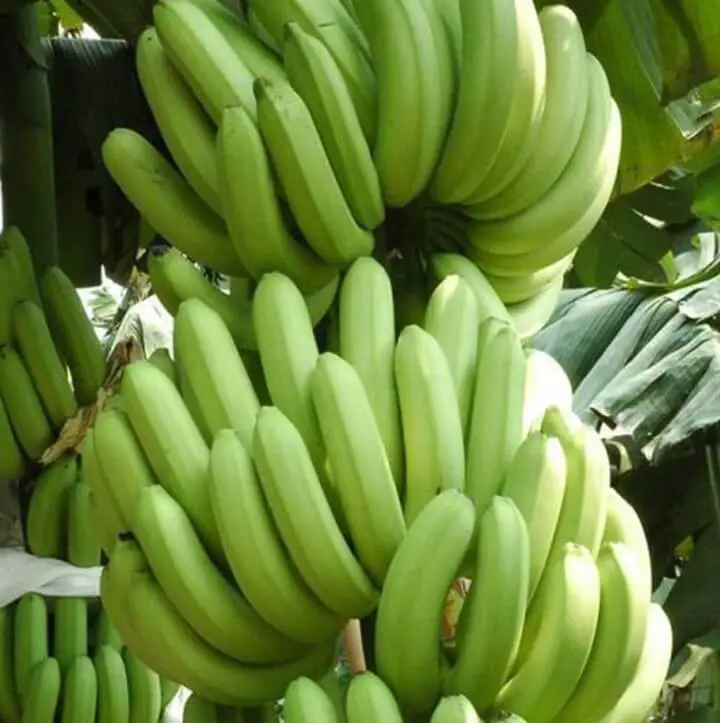
After the First Harvest
Your first harvest doesn’t have to be your last harvest, but you have some work to do. You have to cut down the plant, but not all the way.
One recommendation is to cut it so the main stem is still 5 feet high. The water in the large stem will feed the roots and shooters will emerge at the base. These will eventually turn into new banana plants. There could be more than one shooter and you can let them all grow or trim some back.
If you’re raising your banana plant indoors, you might want to trim it back to one or two shooters. Once they’re established, you can cut the old main stem down to the ground. A machete is the tool of choice for trimming banana plants, but you could use a handsaw if you don’t want to swing a machete around in the house.
Another option is to cut a shooter loose from the plant including some of the roots at the base. You then transplant the shooter, keeping it well watered and fed, and it should grow into a healthy new plant without a problem.
Before You Cut It Down…
Many cultures around the world use banana leaves for cooking. Fish, meat, and vegetables are wrapped in leaves and steamed. The leaves are also used as plates.
If you find yourself with more bananas than you can eat or give away, slice and dehydrate them for banana chips. The thick main stems are also used for serving food and make great compost for future banana plants or any other flower or vegetable in your garden.
Where to Buy Banana Plants
This isn’t as hard as it sounds. Amazon has a variety of options for everything from banana plants to banana seeds. Remember to read the specifications on the varieties so you choose one that grows to a height you can manage.
Dwarf varieties grow best indoors. Be sure to read the reviews on the various seed and plant offerings. There are varying opinions about the best products and approaches, so you want to do a little homework before you invest your money and your time.
When to Plant
If you’re growing indoors, any time of year is a good time to plant. If you’re buying seeds, you should start them indoors in very early spring and continue to water and feed them until they are about a foot high.
At that point, they’re ready to transplant outdoors or into your large planter. Do the same if you have purchased already sprouted plants. With luck and a lot of water and some care, you should have good success, and you’ll certainly have something to talk about when people stop by and notice you have bananas growing in and around your house.
Storage
One problem with growing bananas is that you'll probably end up with a lot more than you can eat. And once they're gone, you won't have any for the rest of the year.
To get around this, I recommend slicing them up and dehydrating them. Here is how to dehydrate banana slices.
Like this post? Don't Forget to Pin It On Pinterest!







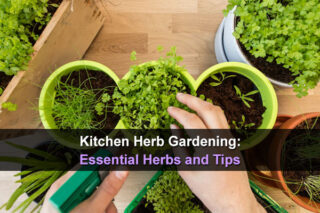
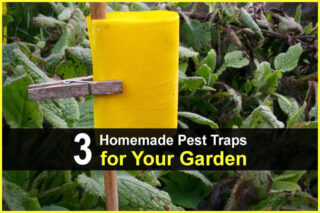
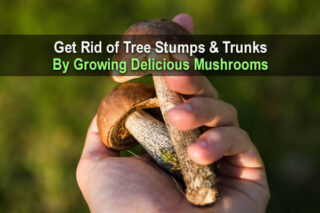

I really like your blog it is full of good information, Thank you